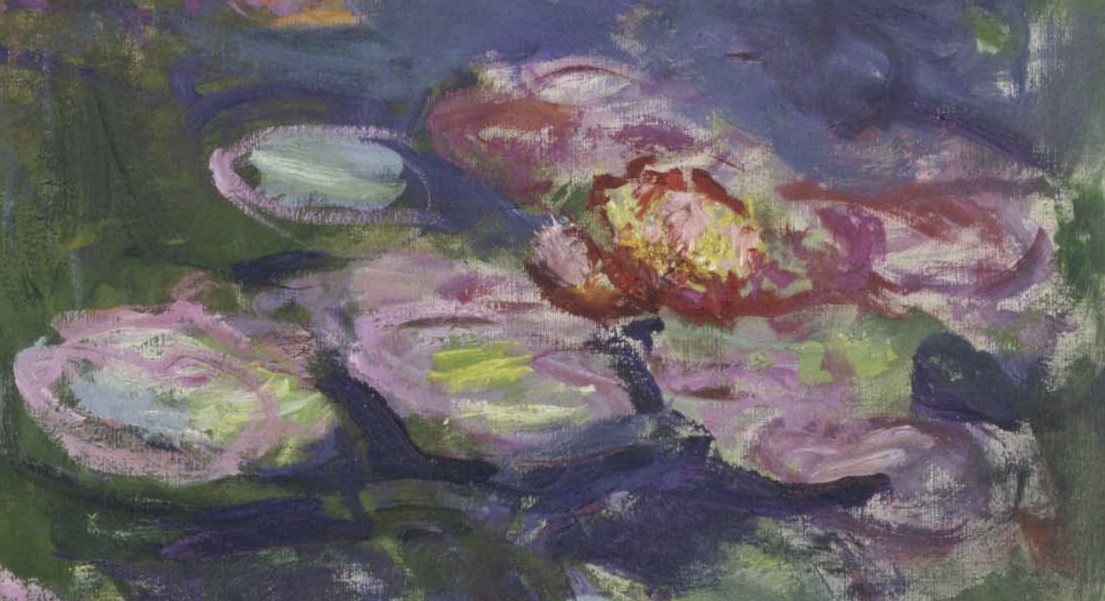Claude Monet – Painting Impressions of Light and Color
In striking contrast to traditional studio artists, Monet began and completed Impression: Sunrise – a view of the harbor his boyhood home in Le Havre – outdoors.

Closer to Paris, he often set up his easel on the banks of the Seine or in a boat on the river. Painting en plein air (“outdoors”) was how Monet was able to meet his goal of capturing an instantaneous representation of atmosphere and climate, which he concluded was impossible to do in a studio.

Of course, landscape painters had always drawn and made preliminary color studies outdoors and then used those sketches to produce formal paintings in their studios. Finishing as well as beginning his landscapes outdoors sharpened Monet’s focus on the roles that light and color play in the way nature appears to the eye. The systematic investigation of light and color and elimination of the traditional distinction between a sketch and a formal painting enabled Monet to paint images that truly conveyed a sense of the momentary and transitory. Lilla Cabot Perry, a student of Monet’s late in his career, gave this description of Monet’s approach:
“I remember his once saying to me: “When you go out to paint, try to forget what objects you have before you – a tree, a house, a field, or whatever. Merely think, here is a little square of blue, here an oblong of pink, here a streak of yellow, and paint it just as it looks to you, the exact color and shape, until it gives your own naïve impression of the scene before you.”

Another factor encouraging Monet and some of his contemporaries to paint outdoors was the introduction of premixed pigments conveniently sold in easily portable tubes. The newly available oil paints gave artists new colors for their work and heightened their sensitivity to the multiplicity of colors in nature.

After scrutinizing the effects of light and color on forms, Monet and other late-nineteenth-century painters conclude that local color – an object’s color in white light – becomes modified by the quality of the light shining on it, by reflections from other objects, and by the effects that juxtaposed colors produce. Shadows do not appear gray or black, as many earlier painters thought, but seem to be composed of colors modified by reflections or other conditions. If artists use complementary colors side by side over large enough areas, the colors intensify each other, unlike the effect of small quantities of adjoining mixed pigments, which blend into neutral tones. Furthermore, the “mixing” of colors by juxtaposing them directly on a white canvas without any preliminary sketch – also a sharp break from traditional painting practice – produces a more intense hue than the same colors mixed on the palette.
Although it is not true, as some have maintained, that Monet exclusively used primary hues, placing them side by side to create secondary colors (blue and yellow, for example, to create green), he did achieve remarkably brilliant effects with his characteristically short, choppy brushstrokes, which so accurately catch the vibrating quality of light. The reason for much of the early adverse criticism leveled at Monet’s paintings was that they lacked the polished surfaces and sharp contours of academic painting. In Monet’s canvases, the forms take on clarity only when the eye fuses the brushstrokes at a certain distance.[1]


- Fred S. Kleiner, Gardner’s Art Through the Ages: The Western Perspective, vol. 2, 15th ed., (Boston: Cengage Learning, 2017), 723. ↵

